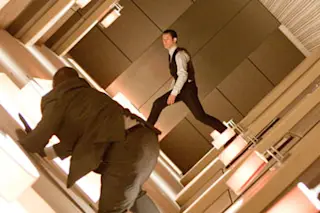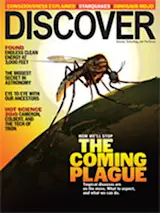GOOD & BAD MOVIES IN 2010
Overachievers
Inception Film of the year, hands down, and a reliable conversation starter even if you didn’t like it. Whatever missteps director Christopher Nolan made with his long-awaited masterpiece, Inception is an original idea that rises far above a sea of sequels and remakes.
Iron Man 2 Tony Stark’s return suffers from superhero sequel syndrome, with too many plot lines stuffed into its running time. Imperfections aside, though, Mickey Rourke’s accented villainy and Robert Downey Jr.’s swagger provided some much-needed fun last summer.
Predators Yet another Predator film, this time starring Topher Grace and Adrien Brody. Unlike recent franchise misfires, the result is an enjoyable experience. Credit the magic touch of producer Robert Rodriguez.
127 Hours Danny Boyle (Slumdog Millionaire) turns the tale of Aron Ralston—a hiker who had to amputate his own arm to escape death—into a lively psychological thriller. But be warned, ...















